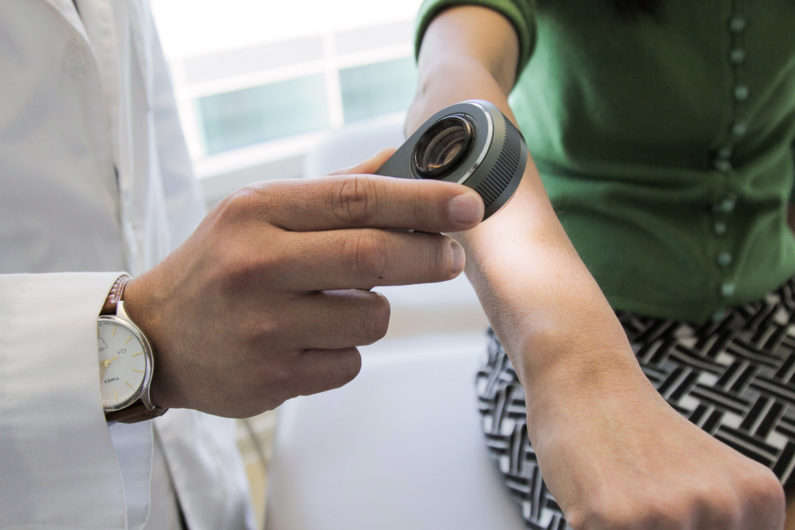By Jon Gabay, contributing writer
In the 1930s, visionary thinkers coined the phrase “technological unemployment” to indicate the potential effect on jobs that ever-more capable technology could displace. This has never been truer than it is today. Not only do robots replace unskilled workers, like those on assembly lines, but also skilled employees such as welders, machinists, and even doctors.
According to The Economist, it’s estimated that within the next two decades, 47% of the American workforce could be threatened by robots and automation technologies. Quite surprisingly, the World Bank study puts this number at 57% within the next 20 years. And, for each robot in a commuting zone, 6.2 workers will lose their jobs and wages by 0.7%, according to studies by Acemoglu and Restrepo issued in March 2017. No matter where the actual number will lie, the fact is certain that robots and automation will dramatically affect the workforce and the ability of humans to compete for jobs at reasonable wages.
Of course, many could say that the menial jobs have always been disappearing as technology improved. This is true, as the needs for certain products become obsolete, such as a buggy whip or carburetor, for example. This is also true as the technology used to accomplish the task improves. For example, mining was much more labor-intensive in the past before drills and power tools, which allowed the same job to be done with fewer workers.
Some will say that always surviving are the high-level and complex jobs that only humans can perform. This, however, is not true. Eventually, rule-based systems will give way to deep-learning technologies and prove more effective than humans at the highest levels.
So what will our labor-reduced workforce look like? You can certainly count on restaurants going digital. From hostess to waitress to food preparation and delivery to cleanup and sanitation — they’ll likely all be robotic in some way. Chances are that the food will be delivered by driverless vehicles and/or drones, eliminating more workforce personnel. The delivery industry itself could yield to an entirely automated workforce.
It’s likely that traffic law enforcement will give way to automated systems that can read your location in time through something such as EZ-Pass, cell phone transponding, and/or RFID. Real-time data will be used to automatically issue tickets based on getting from point A to point B. In fact, video stoplights are already issuing tickets without human assistance.
But it doesn’t stop there. The introduction of various approaches to AI is changing the way that machines react and interact with humans. This means that automated machines can replace the highest-level thinking individual in our workforce. This is already beginning to happen now.
Studies at Columbia University, for example, are showing that changing the paradigm of AI from rule-based learning systems to “figure it out on your own”-style deep-learning algorithms is already performing nearly as well as human doctors. And soon they will be better at diagnosis.
Initial studies using deep-learning AI at the university have been able to find and figure out subtle differences in healthy cells and pre-cancerous cells. The vision and AI machines work tirelessly to look at and compare healthy cells with its ever-increasing memory of experiences. Impressively, it teaches itself how to tell the differences and increasingly outpaces and outperforms doctors.
One such example is that a dermatologist using a handheld scanner for the computer can now allow the AI to make the diagnosis more accurately than he/she can (see Fig. 1 ). In plain language, the AI algorithm can detect skin cancer nearly as well as your dermatologist today.

Fig. 1: A doctor just scans the skin and the AI does the actual exam and diagnosis. Image source: Stanford University.
So what does this mean for society? Are any jobs safe, no matter the skill level?
“Already, access to work is a critical factor in repairing our ailing economy,” Bruce Fistel, medical device engineer, told Electronic Products. “Fewer workers and higher prices will lead to more people needing societal safety nets just to survive.”
We may be seeing a fourth law to add to Darwin’s laws of evolution based on technological replacement. At what point will we all be deemed unnecessary?
Since studying electrical engineering, Jon Gabay has worked with defense, commercial, industrial, consumer, energy, and medical companies as a design engineer, firmware coder, system designer, research scientist, and product developer. As an alternative energy researcher and inventor, he has been involved with automation technology since he founded and ran Dedicated Devices Corp up until 2004. Since then, he has been doing research and development, writing articles, and developing technologies for next-generation engineers and students.
Advertisement
Learn more about Electronic Products Magazine





